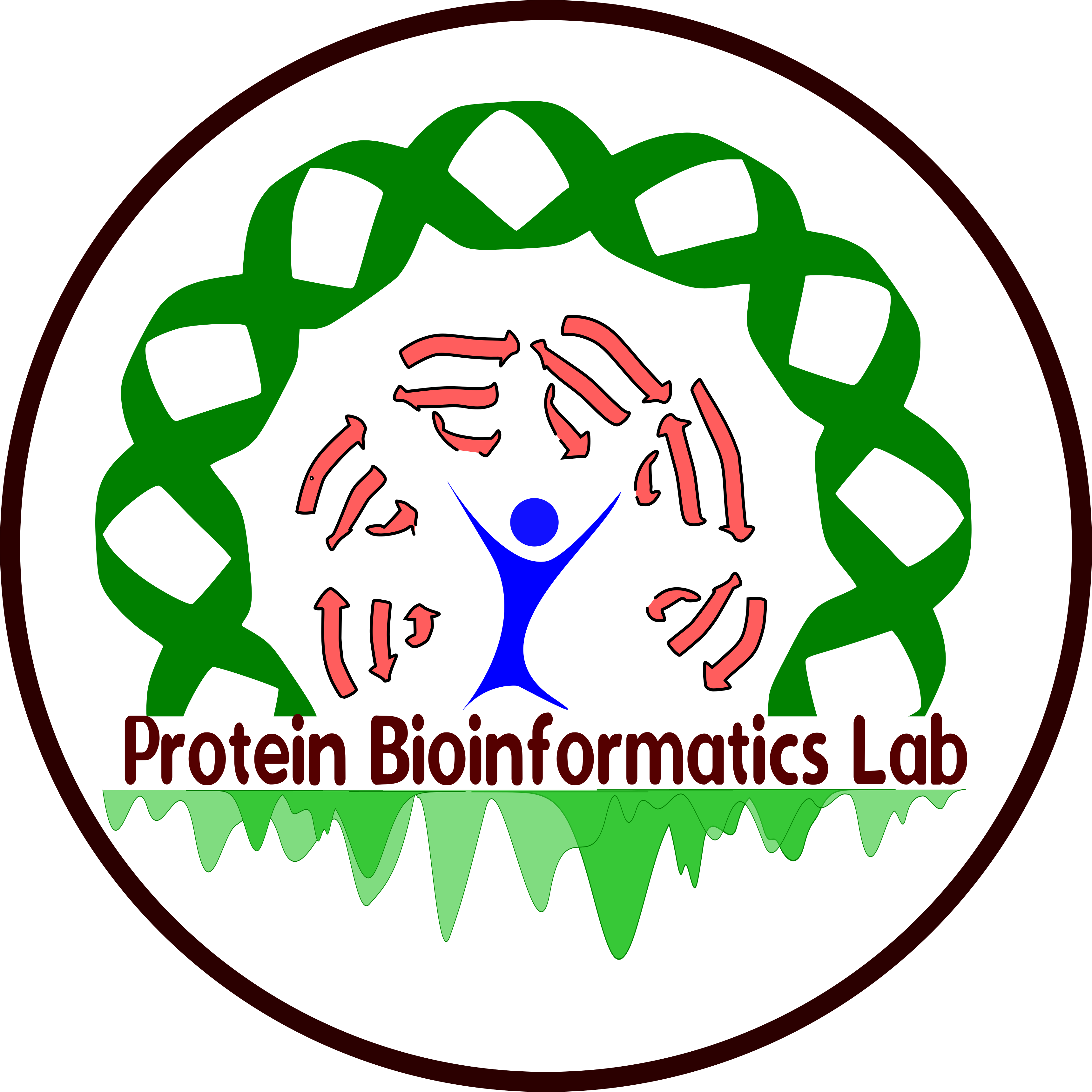 |
PDA-PredProtein-DNA complex Binding Affinity Prediction |
 |
About PDA-Pred
Binding affinity prediction of protein-DNA complexes
Protein-DNA interactions play a major role in several cellular and biological processes. Elucidating the factors influencing the binding affinity of protein-DNA complexes and predicting their free energy of binding provide deep insights for understanding the recognition mechanism.
Results
In this work, we have collected the experimental binding affinity data for a set 391 protein-carbohydrate complexes and derived several structure-based features such as contact potentials, interaction energy and number of binding residues and contacts between different types of atoms.Our analysis on relationship between binding affinity and structural features revealed that the important factors depend on the number of DNA strands, and functional and structural classes of proteins. Generally, binding site residues, accessible surface area, interactions between various atoms and energy contributions are important to understand the binding affinity. Further, we have developed multiple regression equations for predicting the binding affinity of protein-DNA complexes belonging to different structural and functional classes of protein-DNA complexes.Our method showed an average correlation and mean absolute error of 0.78 and 0.98, respectively between experimental and predicted binding affinities on a jack-knife test.
Classes
Protein-DNA complexes are classfied into 11 groups, described below:
| ssDNA | Complex containing single-stranded DNA |
|---|---|
| dsDNA - complex with double stranded DNA | |
| all-α-regulatory-high | DNA in complex with protein under structural-class of all-α, and functional-class of regulatory protein and having percentage of binding site higher than average of the class |
| all-α-regulatory-low | DNA in complex with protein under structural-class of all-α, and functional-class of regulatory protein and having percentage of binding site lower than average of the class |
| all-α-not regulatory | DNA in complex with protein under structural-class of all-α, and functional-class of non-regulatory protein |
| all-β-regulatory | DNA in complex with protein under structural-class of all-β, and functional-class of regulatory protein |
| all-β-not-regulatory | DNA in complex with protein under structural-class of all-β, and functional-class of non-regulatory protein |
| αβ-regulatory-high | DNA in complex with protein under structural-class of αβ, and functional-class of regulatory protein and having percentage of binding site higher than average of the class |
| αβ-regulatory-low | DNA in complex with protein under structural-class of αβ, and functional-class of regulatory protein and having percentage of binding site lower than average of the class |
| αβ-not-regulatory-high | DNA in complex with protein under structural-class of αβ, and functional-class of non-regulatory protein and having percentage of binding site higher than average of the class |
| αβ-not-regulatory-low | DNA in complex with protein under structural-class of αβ, and functional-class of non-regulatory protein and having percentage of binding site lower than average of the class |
| others | DNA in complex with other structural-class of protein |